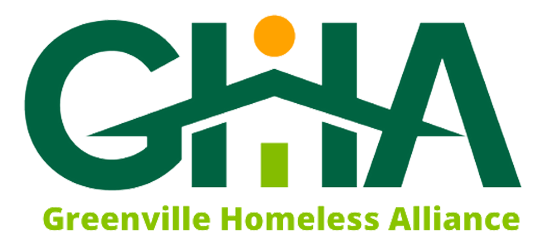Reports
Since 2015, we have created reports and tools to serve as the framework for our advocacy and efforts as a coalition. Find them all here:
GHA Unsheltered Homelessness Brief 2023
2021 GHA Report on Homelessness in Greenville County
2020 GHF Affordable Housing Strategy
2019 GHA Report on Homelessness in Greenville County
2017 - 2020 Sheltered Homelessness in Greenville County prepared by SC Upstate Continuum of Care
2018 Greenville County, South Carolina Affordable Housing Study prepared by czb, LLC for GCRA and Greenville County
2017 GHA Data Snapshot Report produced by Furman University
2017 GHA Homeless Triangle Mediation prepared by Upstate Mediation Center
2016 Balancing Prosperity and Housing Affordability in , Greenville prepared by czb, LLC for the City of Greenville
